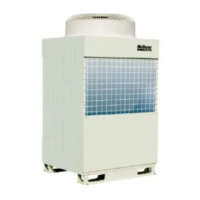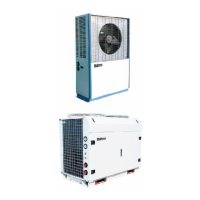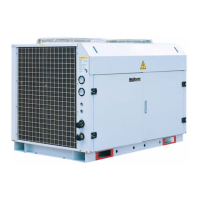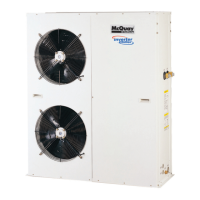c) Ensure that the compressor is not expose to open air for more than the recommended
time specified by its manufacturer (typically less than 10 minutes). Removed the
seal-plugs only when the compressor is about to be brazed.
d) The system should be thoroughly vacuumed to 1.0 Pa (-700mmHg) or lower. This
vacuuming level is more stringent than R22 system so as to ensure no incompressible
gas and moisture in the system.
e) When charging R407C, ensure that only liquid is being withdrawn from the cylinder or
can. This is to ensure that only the original composition of R407C is being delivered into
the system. The liquid composition can be different from the vapor composition.
33% / 33% / 34%
23% / 25% / 52%
R32/R125/R134
Composition of R407C in vapour phase
is different from liquid phase.
f) Normally, the R407C cylinder or can is being equipped with a dip-pipe for liquid
withdrawal. However, if the dip-pipe is not available, invert the cylinder or can so as to
withdraw liquid from the valve at the bottom.
Liquid
withdrawal
Invert cylinder
without dip-pipe
Dip-pipe
g) When servicing leak, the top-up method, commonly practiced for R22 system, is not
recommended for R407C system. Unlike R22 where the refrigerant is of a single
component, the composition of R407C, which made-up of three different components,
may have changed during the leak. Consequently, a top-up may not ensure that the
R407C in the system is of original composition. This composition shift may adversely
affect the system performance. It is recommended that the system should be evacuated
thoroughly before recharging with R407C.
42
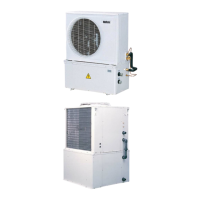
